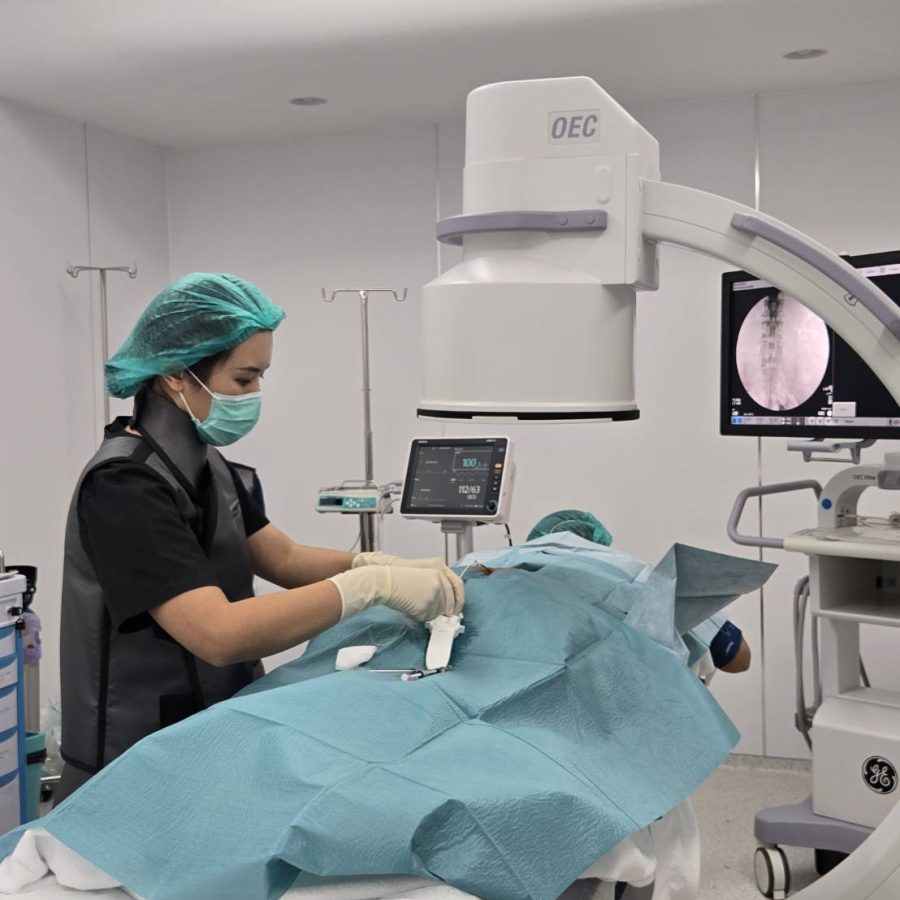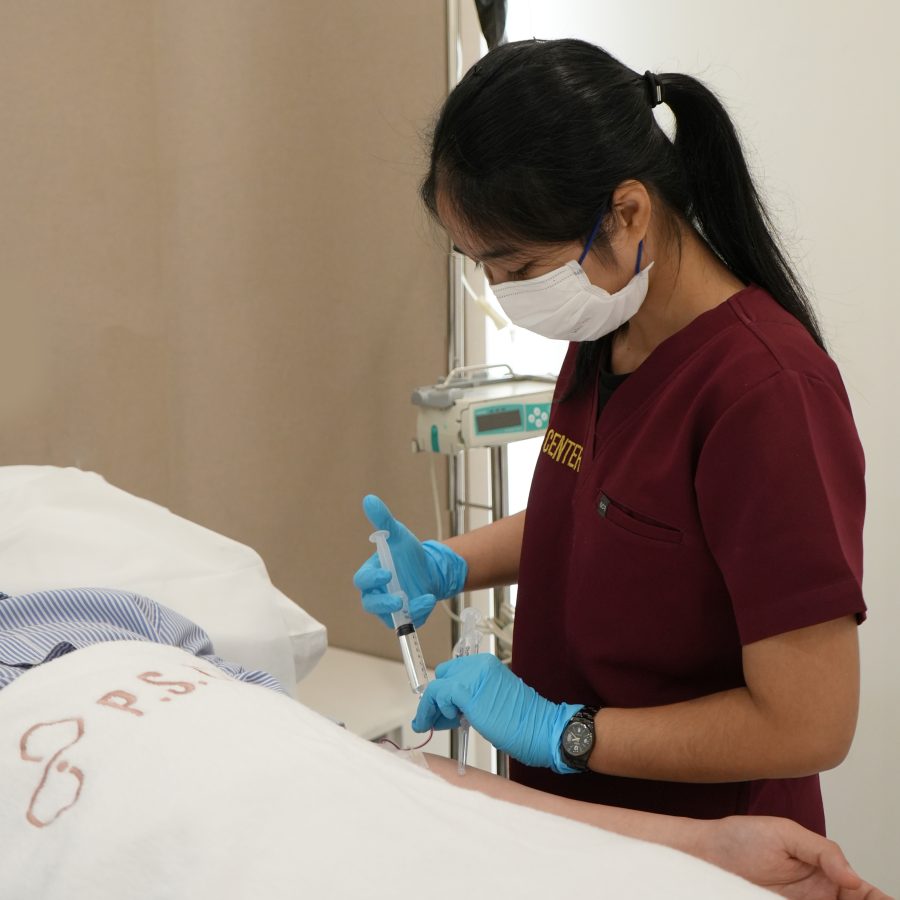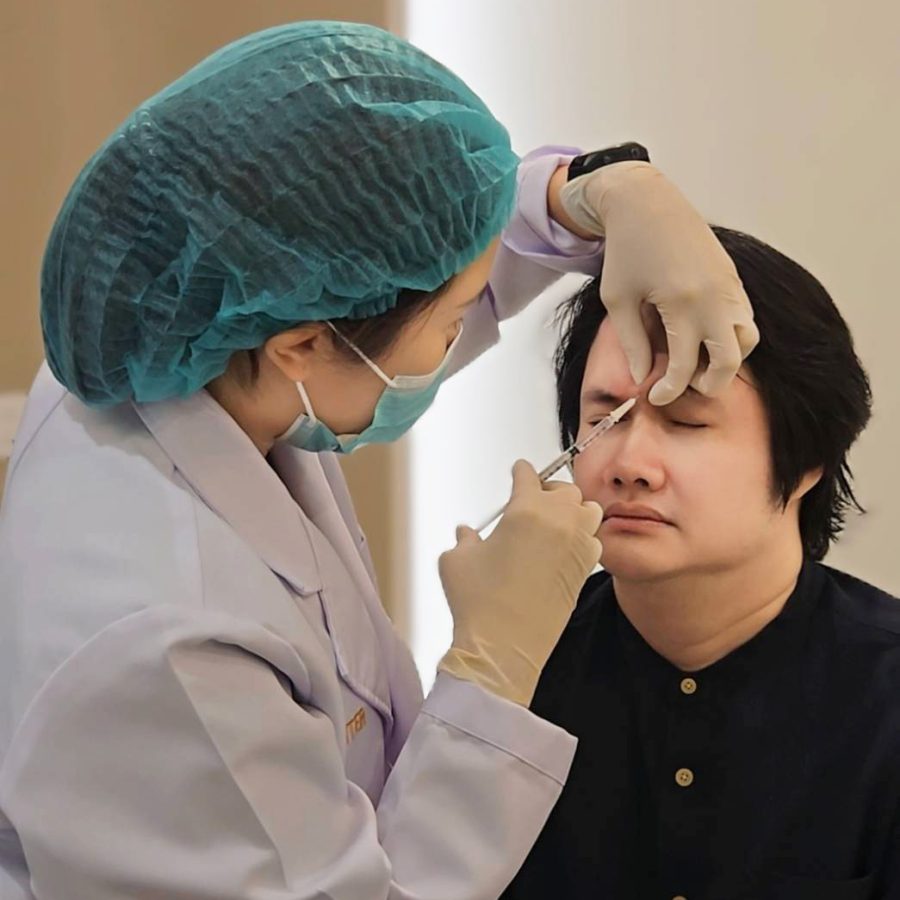Struggling with chronic low back pain that keeps coming back? Lumbar Medial Branch RFA could be the key to lasting relief. Here’s everything you need to know:
Types of Low Back Pain
- Isolated Low Back Pain
Pain focused in the lower back area or radiating to the hips and buttocks. This is often due to dysfunction in the facet joints, the small joints in the spine that can become inflamed or damaged. - Low Back Pain with Radicular Symptoms
Pain that radiates down the leg, usually caused by nerve compression or irritation. In such cases, epidural injections may provide better relief before considering other treatments.
Who Can Benefit from Lumbar Medial Branch RFA?
If you suffer from chronic low back pain that temporarily responds to medial branch blocks but keeps returning, and if clinical exams indicate the facet joints are the source, RFA may offer a long-term solution for pain relief.
What is Lumbar Medial Branch RFA?
Lumbar Medial Branch RFA is a minimally invasive procedure that uses controlled heat generated by radiofrequency energy to target and disable the medial branch nerves responsible for transmitting pain signals from the facet joints.
How Long Does the Procedure Take?
The procedure typically takes 30-45 minutes. You can choose to be either awake or sedated. If you prefer, you will be sedated by an anesthesiologist to ensure comfort during the treatment.
What Happens During the Procedure?
- You will lie on your stomach while the anesthesiologist sedates you (optional).
- Your doctor will use fluoroscopic guidance to precisely locate the medial branch nerves in the lumbar region.
- A small probe will be inserted, and the targeted nerves will be treated with radiofrequency energy.
What Results Can I Expect?
RFA can provide significant pain relief for 3-6 months. Results may vary, but most patients report reduced pain, improved mobility, and less reliance on pain medications.
What Should I Do After the Procedure?
- Rest for 24 hours and avoid heavy lifting or strenuous activities.
- Mild soreness or swelling at the treatment site is normal and typically resolves quickly.
- Follow up with your doctor for any concerns or additional care instructions.
Compiled by;Rarinthorn Choomsai Na Ayuthaya, M.D. Interventional Pain Specialist
Contact us to learn more or to schedule a consultation.
Tel: 02-125-3959, 098-195-0991







